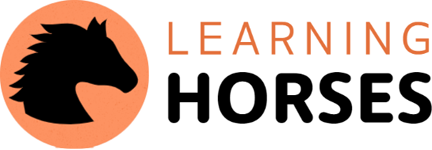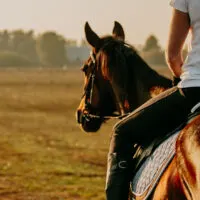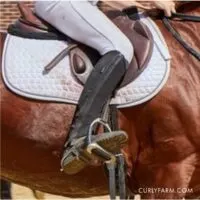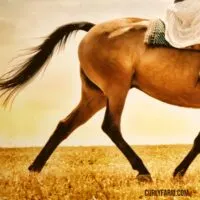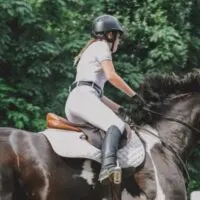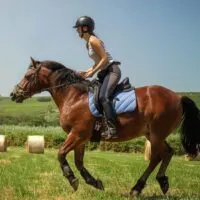A riding arena is often considered to be essential for serious riders, riders training young horses, and for those preparing for horse show competitions- but not everyone has access to an arena. While training a horse without an arena can be a challenge, with a bit of creativity, you can successfully ride, train, and prepare …
Riding
Most horses have four main gaits: the walk, the trot, the canter (called a lope in Western riding), and the gallop. Within these gaits, horses have a huge variance- horses can be taught to trot or even lope as slow as other horses walk! The speed of each gait depends on many factors. Just like …
Learning to sit the trot is something western rider must learn, and something most dressage riders dread! It’s the most difficult gait for most horseback riders to learn to ride, but our sitting trot tips are here to help. Below you’ll find a few easy exercises I picked up during training, competing, and teaching dressage …
Saddle sores are a specific type of sores that horseback riders sometimes get on their inner legs, groin, and buttocks. These wounds are created when sensitive skin is subjected to heat, friction, and moister (like sweat). They are most common for new riders, riders spending long hours in the saddle, and riders with improperly fit …
Learning to ride a horse at a canter is a major milestone for beginner riders as they advance in their riding education. For many, a horse’s canter can be a hard gait to ride. There’s a lurching transition, an increase in speed, and (for some horses more than others) a canter can feel more like …
